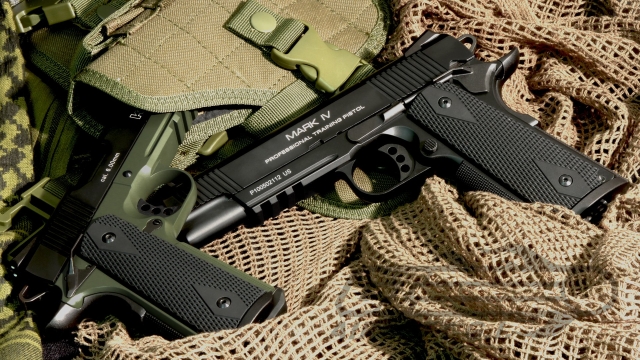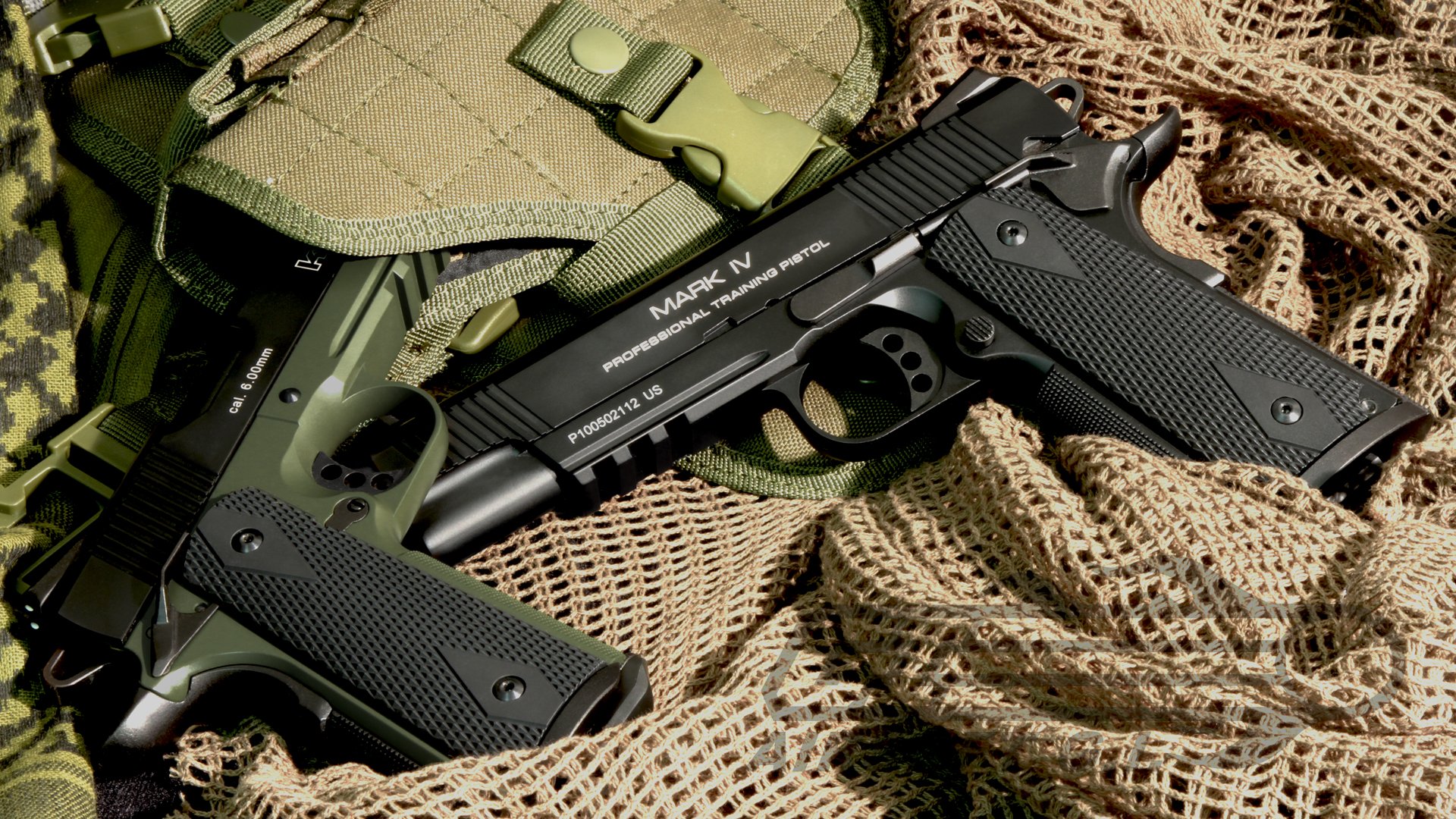
Unlocking the Power: Exploring the Endless Possibilities of Firearms
Firearms have long been a topic of fascination and controversy, their impact on societies and individuals alike cannot be underestimated. The power they possess is undeniable, allowing for both protection and destruction. Ammunition, the lifeblood of firearms, amplifies this power, enabling them to fulfill their intended purpose. As we delve into the world of firearms, we begin to understand the incredible range of possibilities they offer, both in terms of personal safety and recreational pursuits. Whether it is the precision of a marksman’s shot or the sheer firepower of an automatic weapon, firearms have a transformative effect on our lives and the world around us. Join us on a journey as we explore the undeniable allure and endless potential of these powerful tools.
History of Firearms
The history of firearms can be traced back many centuries, with the origins of these remarkable weapons rooted in ancient China. The invention of gunpowder in the 9th century not only revolutionized warfare, but also paved the way for the development of firearms as we know them today. In the centuries that followed, firearm technologies spread across the globe, forever changing the face of battle and shaping the course of history.
One of the earliest types of firearms was the hand cannon, a simple device consisting of a tube attached to a handle. These early firearms were ignited by an open flame, such as a match or a smoldering fuse, causing the gunpowder inside the tube to explode and propel a projectile forward. While inaccurate and slow to reload, hand cannons marked the beginning of the firearm revolution, creating a new and terrifying form of warfare.
As the demand for more efficient and reliable firearms grew, so did the ingenuity of inventors and craftsmen. The matchlock firearm, introduced in the 15th century, was a significant advancement, utilizing a mechanism that held a smoldering wick in a moveable clamp. When the trigger was pulled, the clamp moved down, thereby igniting the gunpowder and firing the weapon. This innovation not only improved accuracy but also allowed for quicker reloading, making firearms more practical in battle.
The development of the wheellock firearm in the 16th century further refined the technology. This mechanism used a spring-loaded wheel, which, when struck by a piece of pyrite, created sparks to ignite the gunpowder. Unlike the matchlock, the wheellock did not rely on an external source of fire, making it more reliable in adverse conditions. This advancement solidified firearms as a formidable force on the battlefield, giving soldiers a significant advantage over traditional weapons.
The history of firearms is a testament to human innovation and the ever-evolving nature of warfare. From the humble beginnings of the hand cannon to the sophisticated firearms of today, these weapons have played a crucial role in shaping our world. Whether used for self-defense or in times of conflict, firearms continue to be a powerful tool, unlocking endless possibilities in the hands of those who possess and understand their capabilities.
Types of Ammunition
In the world of firearms, ammunition plays a crucial role. It is the lifeblood that fuels these powerful weapons, and understanding the different types of ammunition available is essential for any firearm enthusiast. Whether you are a hunter, sport shooter, or simply interested in firearms, here are some of the most common types of ammunition you may come across.
Rifle Ammunition: Rifle ammunition is designed for use in rifles, which are long-barreled firearms. This type of ammunition typically consists of a casing, a primer, gunpowder, and a bullet. The bullet is the projectile that is fired from the rifle. Rifle ammunition comes in various calibers, such as .22, .223, .308, and .30-06, each suitable for different purposes ranging from small game hunting to long-range target shooting.
Pistol Ammunition: Pistol ammunition, as the name suggests, is used in handguns or pistols. Similar to rifle ammunition, it also contains a casing, primer, gunpowder, and bullet. However, the bullet types vary for pistols depending on the intended use. Common pistol calibers include 9mm, .45 ACP, and .380 ACP, with each caliber having its own unique characteristics suited for self-defense, competitive shooting, or recreational use.
Shotgun Ammunition: Shotguns are typically used for hunting game birds, shooting clay pigeons, or for self-defense purposes. Shotgun ammunition differs from rifle and pistol ammunition, as it uses a shell instead of a casing. The shell houses multiple small pellets, known as shot, or a single large projectile, known as a slug. Different types of shotgun ammunition are available, including birdshot, buckshot, and slugs, each designed for specific hunting or shooting purposes.
Understanding the types of ammunition available not only ensures the efficient and safe use of firearms but also allows for better decision-making when it comes to selecting ammunition for a particular task. Remember, responsible firearm ownership and usage are paramount, and always ensure you are familiar with the laws and regulations governing firearms and ammunition in your area.
Advancements in Firearm Technology
The evolution of firearm technology has led to significant advancements in both the design and effectiveness of firearms. With continuous improvements in ammunition and firearm engineering, the capabilities of firearms have expanded, unlocking new possibilities and enhancing their overall performance.
Improved Ammunition: The development of advanced ammunition has revolutionized the effectiveness of firearms. From traditional lead and copper bullets to modern hollow points and armor-piercing rounds, the range of ammunition options available today is vast. These advancements have not only increased accuracy but also optimized stopping power, making firearms more reliable for self-defense and law enforcement purposes.
Enhanced Firearm Design: Firearm manufacturers have invested heavily in research and development to enhance firearm design and functionality. They have focused on reducing recoil, improving ergonomics, and increasing magazine capacity, contributing to better control and handling. Additionally, advancements such as ambidextrous controls and modular platforms have made firearms more versatile and user-friendly.
Integration of Technology: The integration of technology into firearms has opened up a whole new world of possibilities. Smart guns, for instance, utilize biometrics and other personalized features to ensure that only authorized users can operate them. Additionally, accessories like red dot sights, laser aiming devices, and specialized optics have greatly improved accuracy and target acquisition, enhancing performance in various shooting scenarios.
Tactical.gear Near Me
The advancements in firearm technology serve to provide users with more reliable, accurate, and efficient firearms. As manufacturers continue to push the boundaries of innovation, these advancements will undoubtedly lead to further improvements, expanding the endless possibilities of firearms.




